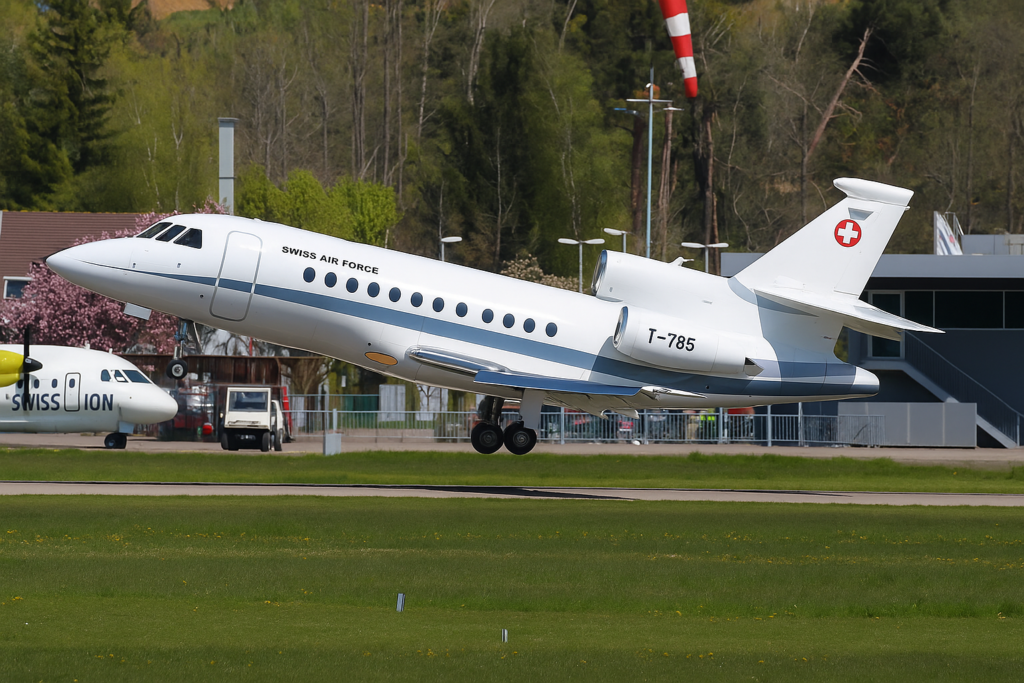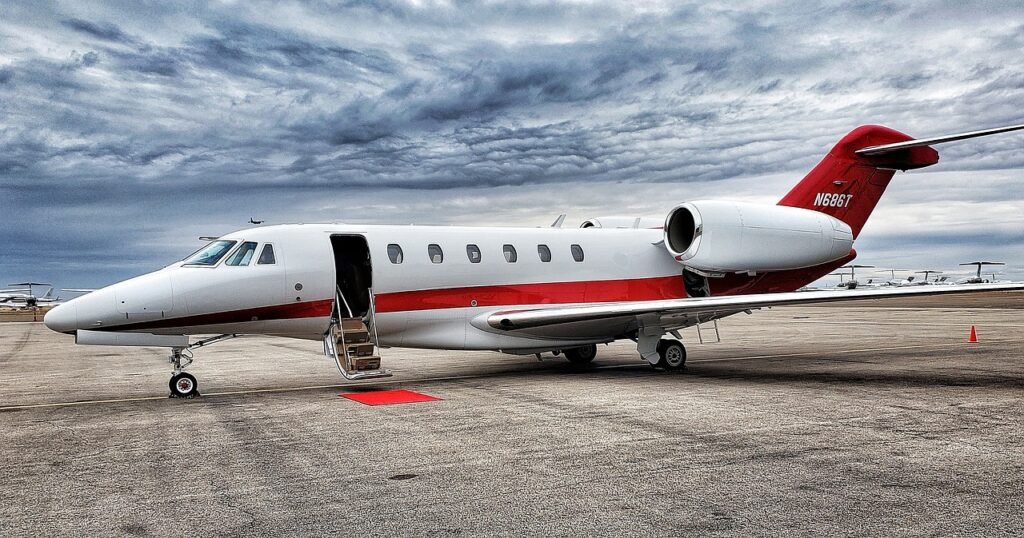Owning a private jet symbolizes luxury, convenience, and freedom, but the dream of soaring through the skies on your own schedule comes with a price. Beyond the purchase price, a myriad of hidden costs lurk in the background, quietly adding up over time. Understanding the true cost of maintaining a private jet is crucial for potential owners to avoid surprises and manage their investment wisely. Let’s explore the less obvious yet significant costs of maintaining a private jet.
Maintenance and Inspections: The Ongoing Commitment
One of the most constant cost of maintaining a private jet is maintenance of parts. Unlike cars, private jets require highly specialized care to remain airworthy. Scheduled inspections, categorized as A, B, C, and D checks, are mandatory and increase in complexity and cost as they progress. The D check, in particular, is a comprehensive examination that can take weeks and cost upwards of a million dollars. But it doesn’t stop there. Unscheduled repairs due to mechanical failures can arise unexpectedly, with the cost of parts and labor often reaching tens or even hundreds of thousands of dollars.
Hangar Fees: The Cost of Shelter
A private jet requires a hangar to protect it from the elements. Hangar fees vary widely depending on the airport’s location, with premium spots commanding sky-high rates. Depending on the location and jet size, hangar fee can cost somewhere between 1500 USD to 15000 USD. In regions with extreme climates, a climate-controlled hangar may be necessary, adding another layer of cost. Monthly fees can easily range into the thousands, making storage a significant ongoing expense. You can learn more about hangar renting and building through this article – How Much Does It Cost to Buy or Rent an Airplane Hangar
Crew Salaries and Training: Professional Expertise
Operating a private jet also demands a highly skilled crew. Pilots, co-pilots, and flight attendants must be employed, and their salaries reflect the level of expertise required. A captain’s annual salary alone often surpasses six figures, while co-pilots and cabin crew add to the total payroll. Additionally, crew members must undergo continuous training to stay current with the latest aviation protocols and safety regulations. Training costs are substantial, sometimes exceeding tens of thousands of dollars per year per employee. To learn more about how much private jet pilots make, you can go through this article – Can Private Jet Pilots Make Money?
Fuel Costs: A Constant Burn
Fuel is another major cost that often surprises new jet owners. Private jets consume large quantities of fuel, with the bill for a single flight running into the thousands. Fuel prices fluctuate based on global markets, adding an unpredictable element to the cost of ownership. Larger jets with extended ranges and luxurious interiors consume more fuel, further increasing the expense.
If we take a Cessna Citation X for example, it consumes 386 gallons of fuel per hour. That’s approximately 1930 USD of fuel per hour considering fuel price 5 USD per gallon. If we take larger jets like Gulfstream G700 or Bombardier Global 7500, the fuel costs will go higher.
Insurance: Protection at a Premium
Insurance is a necessity, and it doesn’t come cheap. Comprehensive coverage is required to protect the aircraft and cover liability in case of accidents. Premiums are influenced by the jet’s age, type, and usage, with annual costs often ranging from tens of thousands to hundreds of thousands of dollars.
The aviation insurance market has seen rising premiums in recent years, driven by increased risk assessments and regulatory changes. Usually it costs 1% to 3% of the aircraft’s value annually. So for a $20 million jet, it would cost $200,000 to $600,000 per year.
Depreciation and Resale Value: A Silent Loss
Depreciation is another hidden cost that many owners underestimate. Unlike real estate, private jets lose value rapidly. Within a decade, a jet can lose a significant portion of its original value, especially if newer models with advanced technology enter the market. To maintain resale value, owners may also need to invest in costly upgrades, from avionics to cabin refurbishments, further eroding potential profits.
Regulatory and Compliance Fees: Staying Legal
Finally, the web of regulatory compliance adds yet another layer of expense. Keeping a jet in compliance with airworthiness standards involves regular licensing, registration renewals, and adherence to ever-evolving aviation regulations. Airports may also impose fees related to noise control or environmental impact, especially for older jets that do not meet the latest standards.



